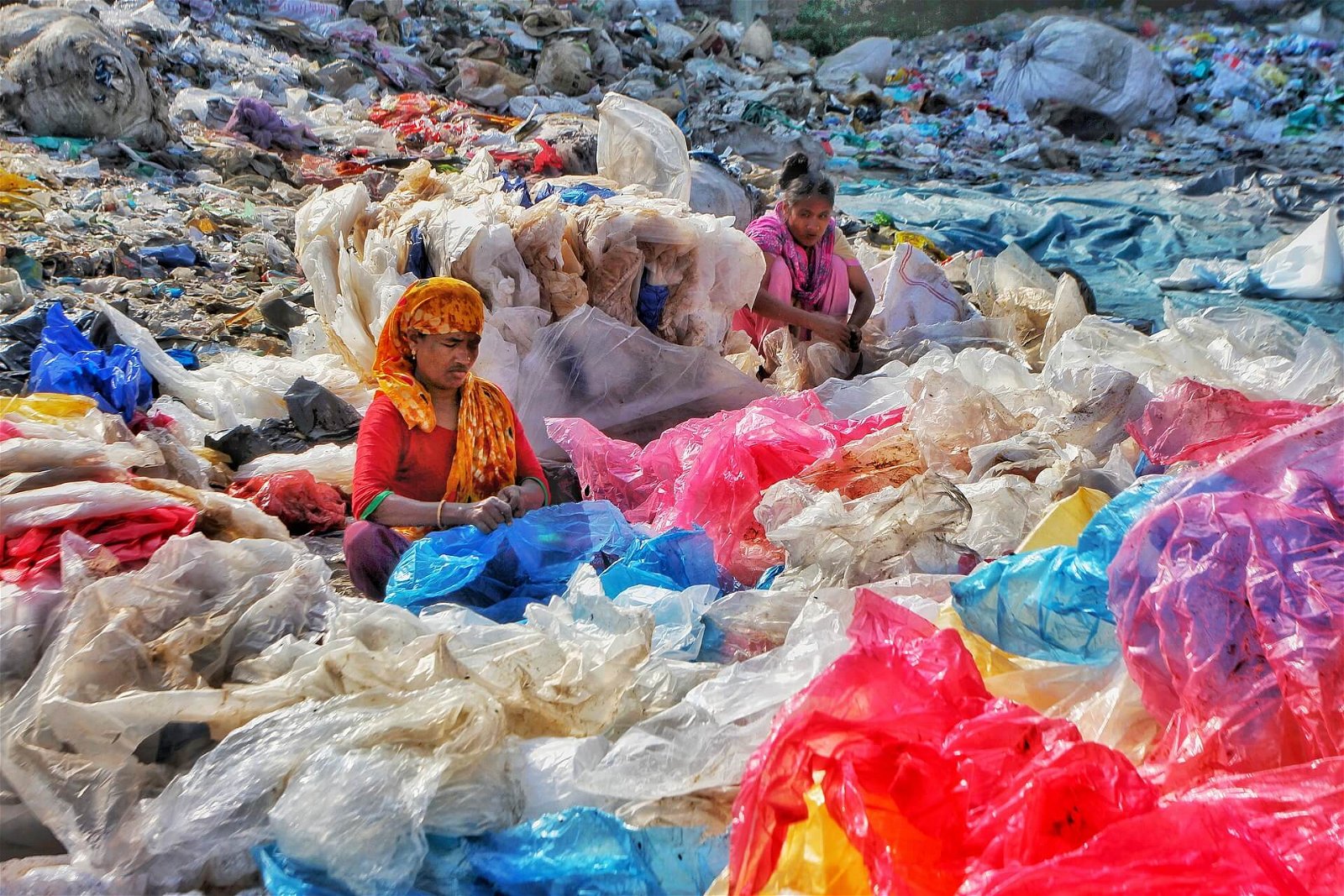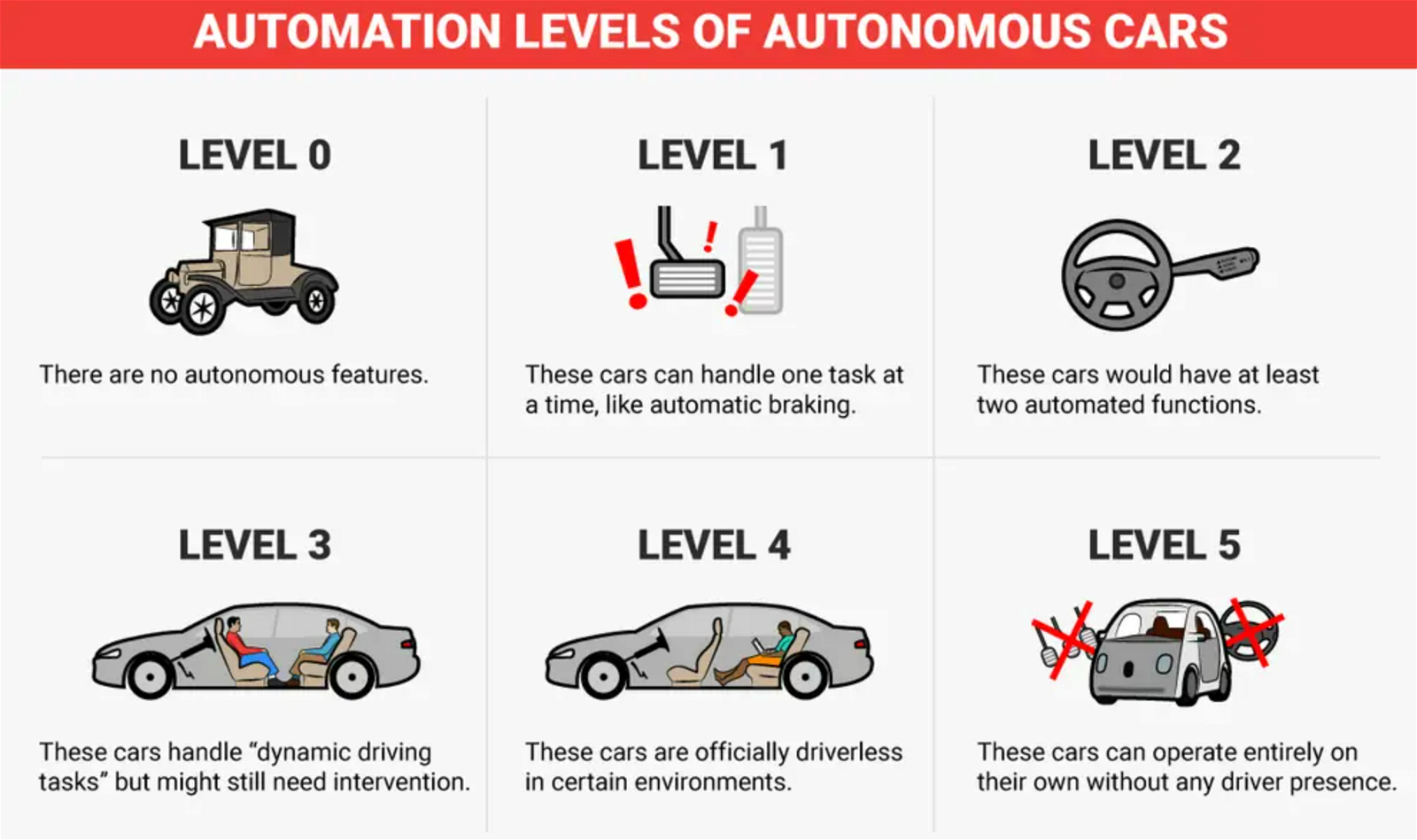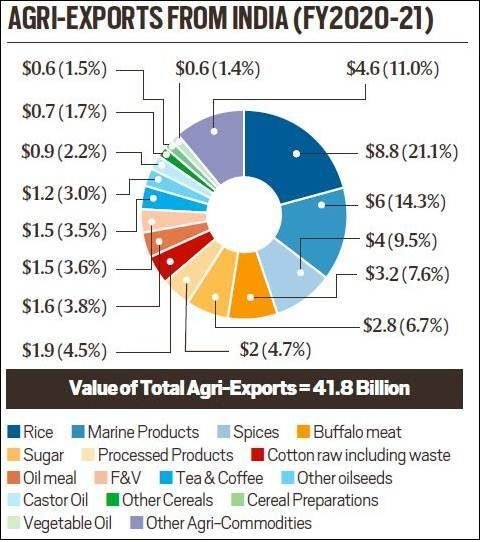
Sodium-ion (Na-ion) batteries
Subscribers of "Current Affairs" course can Download Daily Current Affairs in PDF/DOC
Subscribe to Never Miss an Important Update! Assured Discounts on New Products!
Must Join PMF IAS Telegram Channel & PMF IAS History Telegram Channel
- Context (LM): The idea of making sodium-ion ( Na-ion) batteries at scale is gaining traction.
- CATL, a Chinese battery manufacturer, the world’s largest maker of Li-ion vehicle batteries, 2021 announced the world’s first sodium battery for electric vehicles.
Drawbacks of Lithium-ion (Li-ion) batteries
- Lithium is scarce.
- The best Li-ion batteries need cobalt and nickel, which are also scarce.
- Cobalt is problematic as much of it comes from the Democratic Republic of Congo with poor working conditions.
- Another type of Li-ion battery called polyanionic design uses lithium iron phosphate (LFP). LFP batteries don’t need nickel or cobalt. However, they can’t store as much energy per kilogram as batteries with layered-oxide cathodes.
Why Sodium-ion (Na-ion) batteries?
- Sodium is abundant, mainly found in ocean salt.
- Layered-oxide cathodes using sodium instead of lithium can function without cobalt or nickel.
- This discovery by chemists offers a potential alternative for battery manufacturing.
- It eliminates the need for scarce and sometimes problematic metals like cobalt and nickel.
Why Sodium was not preferred to lithium?
- A sodium battery will be bigger and heavier than a lithium one of the same capacity.
- Small size and low weight are crucial for phones and are desirable in cars.
- However, sodium batteries can be used for grid-scale storage, home storage, and heavy transport, such as lorries and ships.




![PMF IAS Environment for UPSC 2022-23 [paperback] PMF IAS [Nov 30, 2021]…](https://pmfias.b-cdn.net/wp-content/uploads/2024/04/pmfiasenvironmentforupsc2022-23paperbackpmfiasnov302021.jpg)











